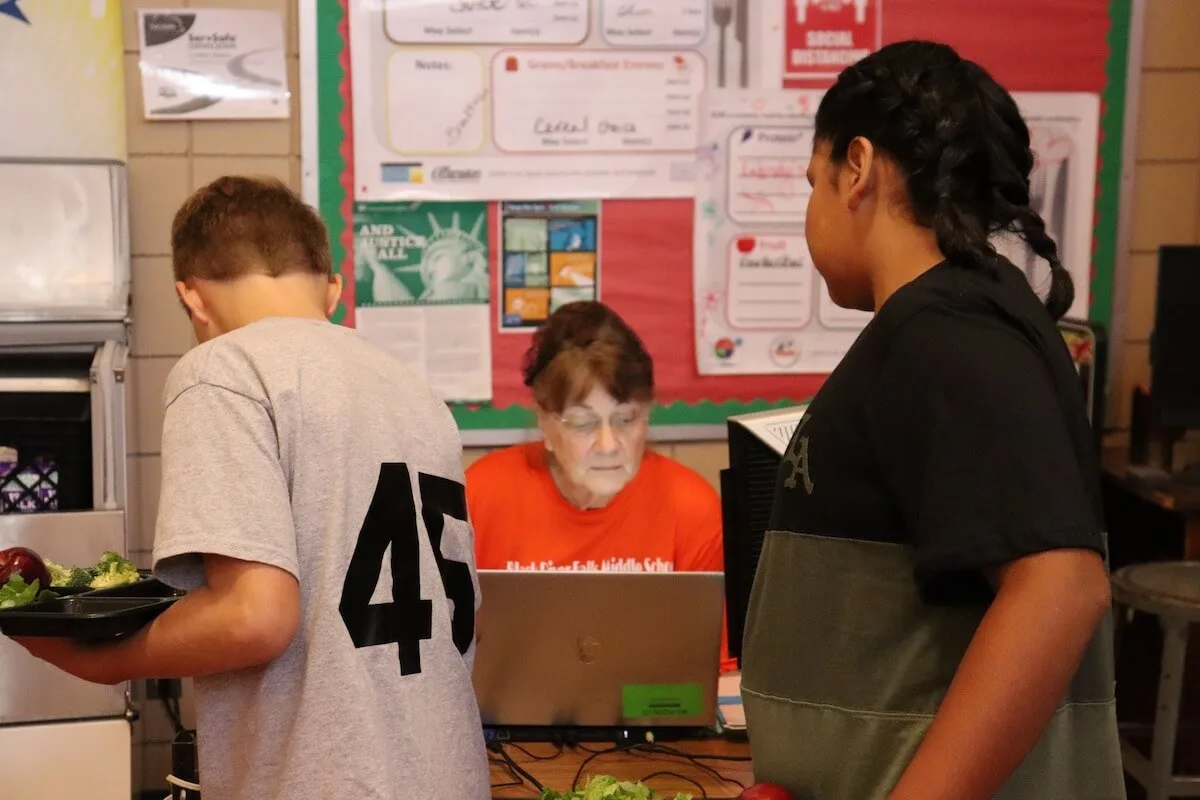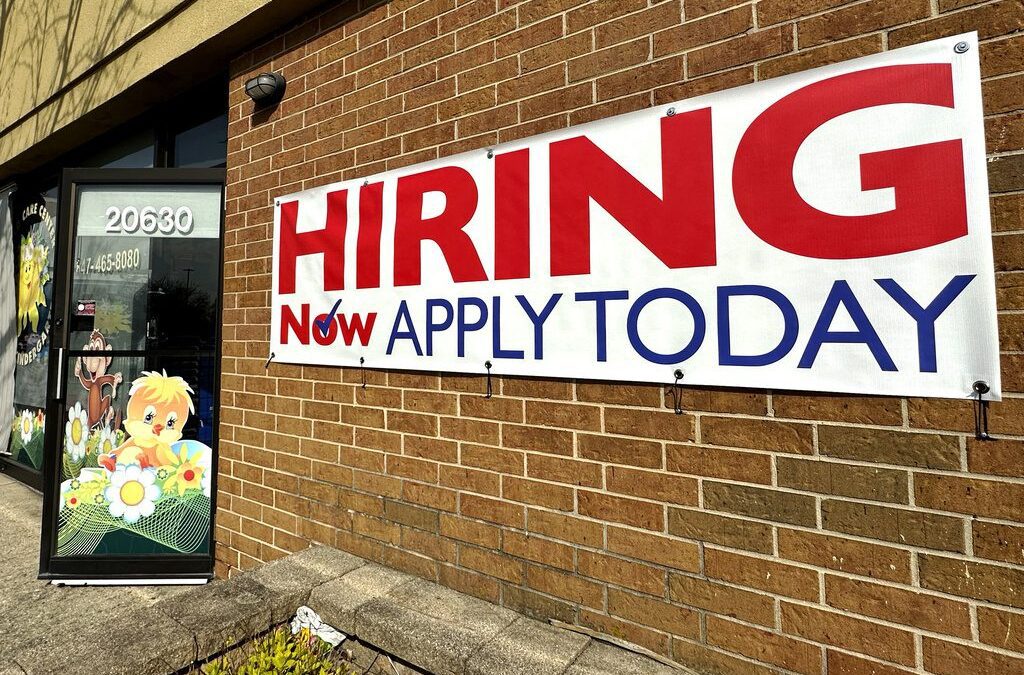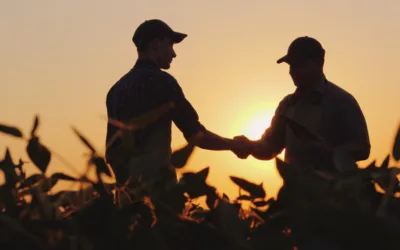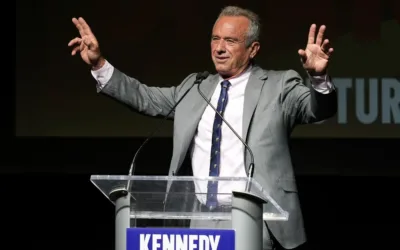
Nutrition Assistant Janet Oligny helps students in the lunch line at Black River Falls Middle School. Oligny just started her 26th year of school service.
The number of public school teachers in Wisconsin has held steady at about 64,000 for the past few years, but school districts statewide say it’s not enough to overcome a shortage of teachers in classrooms.
The halls of Arcadia schools are filled with the nervous excitement of kids heading back to school.
For administrators, the excitement is tempered by the challenge of filling staff positions, a chore that leads right up to that first day of school and beyond. At the middle school, there’s no one to teach physical education. A long-term substitute will have to make the roster compete.
“Each year we seem to have a position or two that we are scrambling to fill near the start of the school year,” said Superintendent Lance Bagstad.
The Struggle Is Persistent
In many school districts across the state, there is a struggle to fill support positions. In the Eau Claire Area School District, there is still a need for special education, medical, and bilingual education assistants, as well as food and nutrition staff. In Superior, there are openings for bus drivers and substitutes. Some unlikely guests have been tasked to fill in at times.
“A few directors or administrators last year were in the classroom doing sub work,” said Communications Specialist David Coy of the Superior School District. “Students really enjoyed it.”
Rural Districts Face Bigger Challenges
Superintendent Bagstad in Arcadia knows hirings and retention may be stacked against him, in large part due to geography.
“College kids get used to the amenities of larger cities and they have a lifestyle in larger cities that they like,” Bagstad explained from his position in Trempealeau County. “Moving to a small, rural community is difficult because it is a lifestyle change. We also struggle to match the pay of larger cities. In addition, housing is also difficult to find in small communities.”
Where Are the Applicants?
Bagstad suggests that the struggles are across the board, and even applicable for urban districts. In both types of areas, there just aren’t a lot of candidates applying for jobs anymore.
Black River Falls Superintendent Dr. Shelly Severson agrees.
“It used to be that we’d have 75 applicants for an elementary teacher position,” Severson said. “Now, we’re lucky if we get eight to 10.”
In DePere, Erin Kotenberg is starting her 12th year of teaching. The special education instructor points to a rising disinterest in the career.
“The shortage begins at the college level with fewer students enrolling in teacher preparation programs than in previous years,” Kotenberg said. “There are a lot of factors that make teaching a challenging profession and therefore, less attractive to potential educators.”
Federal data shows enrollment for traditional teacher preparation programs dropped by nearly one-third between 2010 and 2018, with rising college costs and stagnant teacher salaries cited as reasons.
Growing Your Own
Concerns about the dwindling teacher pipeline have prompted schools to try to bolster their own ranks.
“A lot of districts are putting more focus on growing their own,” Severson said. “We always seem to prepare students for other careers, but we don’t intentionally promote teaching. Now, we’re starting to encourage them to teach too.”
Short-Term Solutions
Wisconsin is coming up with creative short-term solutions to address the ongoing crisis. According to a report by the Wisconsin Public Forum, the Department of Public Instruction (DPI) issued 3,197 emergency teaching licenses—now called one-year licenses with stipulations—in the 2021-2022 academic year.
These licenses are typically granted when districts have shortages. DPI Communications Officer Chris Bucher said they allow flexibility in staffing demands across the state. Although the shortage is addressed, it’s not a best practice, as those who get the licenses have not necessarily completed the preparation program.
“Sometimes, the lack of fully certified, experienced teachers can cause other teachers in the district who do have experience and the proper license, to have to take on additional responsibilities and can lead to burn out of those educators,” Kotenberg offered.
Working Toward the Future
Perhaps the greatest challenge to Wisconsin’s teacher supply is retention. Bucher said one of every three new Wisconsin teachers will leave the profession within five years.
“A number of factors may be at play, salary and benefits among them,” he said.
Referencing an ongoing multi-billion dollar state budget surplus, state Assembly Rep. Jodi Emerson (D-Eau Claire) said the state has the money to make changes, but also pointed out that students aren’t growing up in an atmosphere where teachers aren’t as respected as they once were.The negativity not only discourages would-be teachers, but hurts students inside the school.
“Leaders in Wisconsin need to stop demonizing people who are helping to mold the next generation,” Emerson said. “We need to realize the critical work they are doing for our state.”
“They have arguably the biggest responsibility of any profession, and it is imperative that we treat them with respect and dignity,” Bagstad said.
Bucher said there needs to be more investment in Wisconsin’s educator workforce. “We need to pay teachers and school staff like they deserve.”
“It’s so vital for the health of our communities, and state as a whole, to provide our kids with a high-quality public education,” Kotenberg added. “Recruiting and retaining highly-skilled teachers need to be a top priority.” School districts are doing everything they can, but society as a whole needs to support them as well.”
Support Our Cause
Thank you for taking the time to read our work. Before you go, we hope you'll consider supporting our values-driven journalism, which has always strived to make clear what's really at stake for Wisconsinites and our future.
Since day one, our goal here at UpNorthNews has always been to empower people across the state with fact-based news and information. We believe that when people are armed with knowledge about what's happening in their local, state, and federal governments—including who is working on their behalf and who is actively trying to block efforts aimed at improving the daily lives of Wisconsin families—they will be inspired to become civically engaged.


This billionaire’s PAC is spreading a big lie about Tammy Baldwin, Medicare, and taxpayer savings
Restoration PAC, funded by Uline’s Richard Uihlein, twists the significance of forcing Big Pharma to negotiate for lower bulk pricing on Medicare...

New Biden rules deliver automatic cash refunds for canceled flights, ban surprise fees
In the aftermath of a canceled or delayed flight, there’s nothing less appealing than spending hours on the phone waiting to speak with an airline...

Opinion: It’s time for Congress to fight for small businesses instead of big corporations
May is National Small Business Month. Our elected leaders need to show leadership all year long. For the past 27 years I’ve been fortunate to pursue...

Biden makes 4 million more workers eligible for overtime pay
The Biden administration announced a new rule Tuesday to expand overtime pay for around 4 million lower-paid salaried employees nationwide. The...





